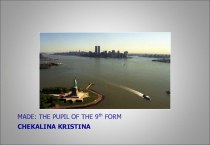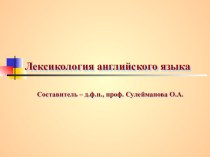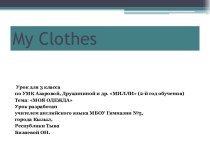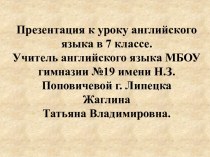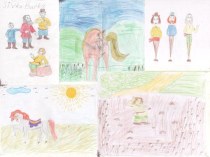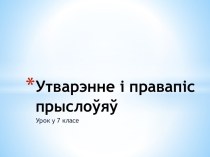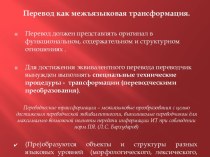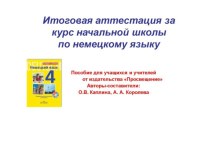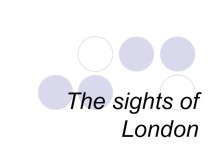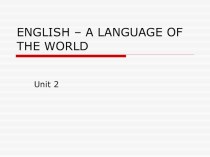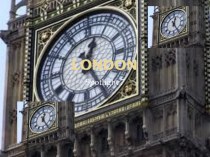- Главная
- Разное
- Бизнес и предпринимательство
- Образование
- Развлечения
- Государство
- Спорт
- Графика
- Культурология
- Еда и кулинария
- Лингвистика
- Религиоведение
- Черчение
- Физкультура
- ИЗО
- Психология
- Социология
- Английский язык
- Астрономия
- Алгебра
- Биология
- География
- Геометрия
- Детские презентации
- Информатика
- История
- Литература
- Маркетинг
- Математика
- Медицина
- Менеджмент
- Музыка
- МХК
- Немецкий язык
- ОБЖ
- Обществознание
- Окружающий мир
- Педагогика
- Русский язык
- Технология
- Физика
- Философия
- Химия
- Шаблоны, картинки для презентаций
- Экология
- Экономика
- Юриспруденция
Что такое findslide.org?
FindSlide.org - это сайт презентаций, докладов, шаблонов в формате PowerPoint.
Обратная связь
Email: Нажмите что бы посмотреть
Презентация на тему по теме Van Dayk
Содержание
- 2. 1599 —1641Painter and graphic artist, master of court
- 3. Antonis van Dyck was born on March
- 4. Since 1615, van Dyck already had his
- 5. Van Dyck early proved himself a master
- 6. In late 1620-early 1621 he worked at
- 7. Пьяный Силен Drunk Silene
- 8. Cupid and Psyche Амур и Психея
- 9. Portrait of Charles I on the hunt Портрет Карла I на охоте
- 10. Скачать презентацию
- 11. Похожие презентации
1599 —1641Painter and graphic artist, master of court portrait and religious subjects in Baroque style.Van Dyck
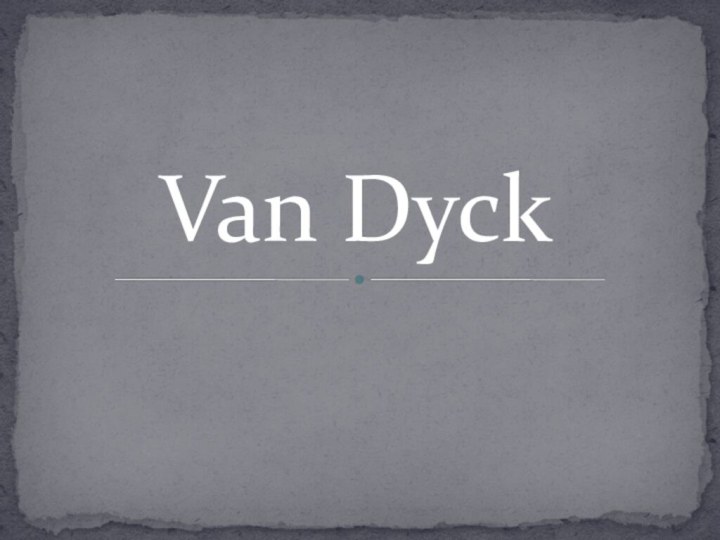
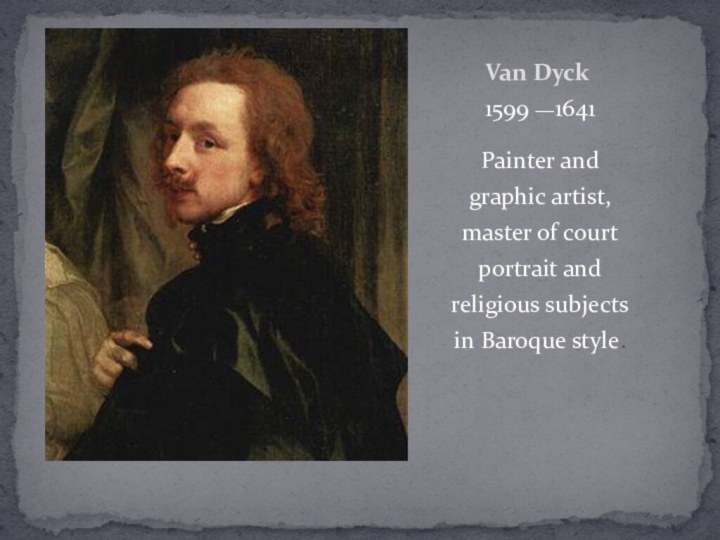
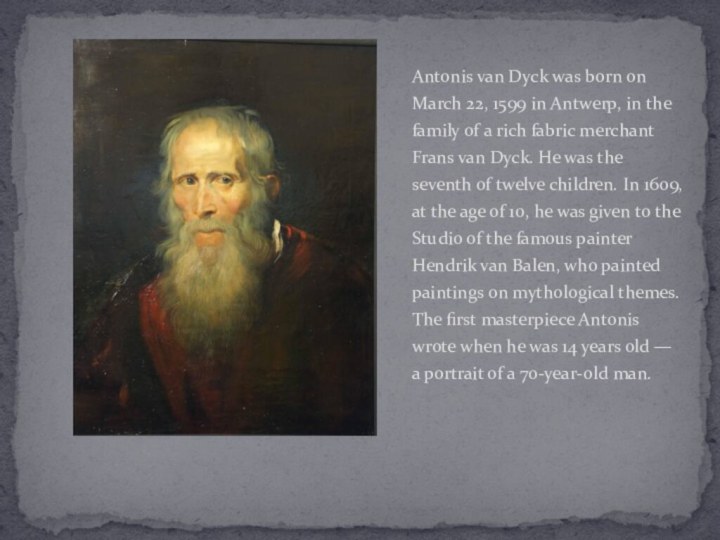
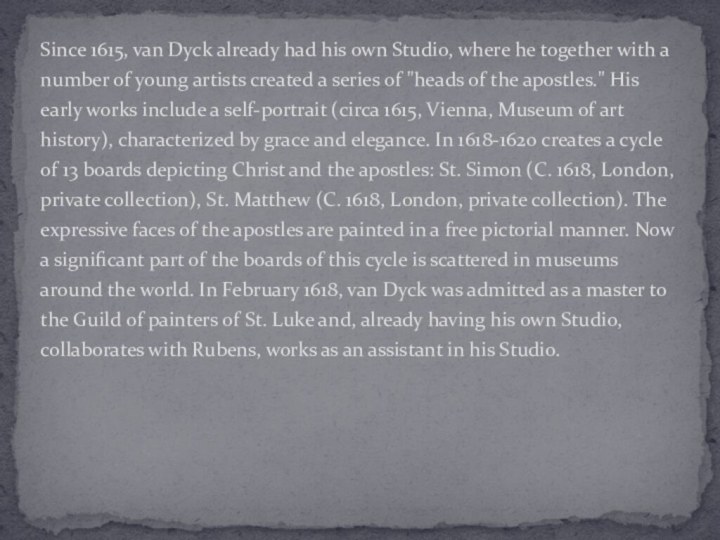
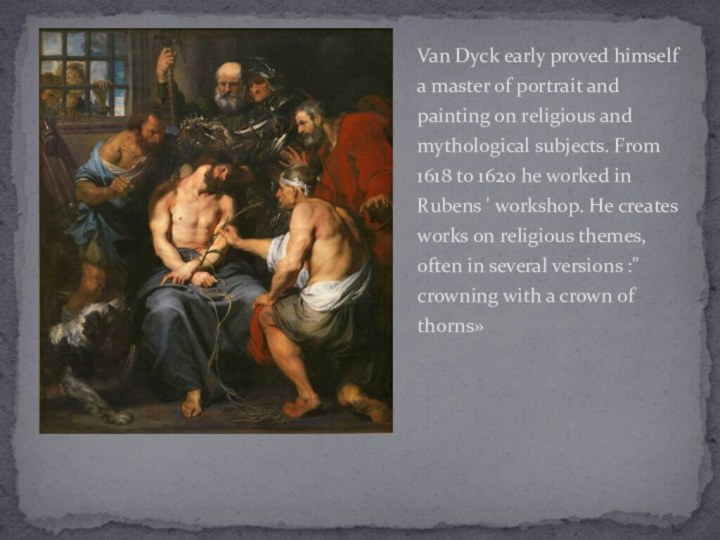
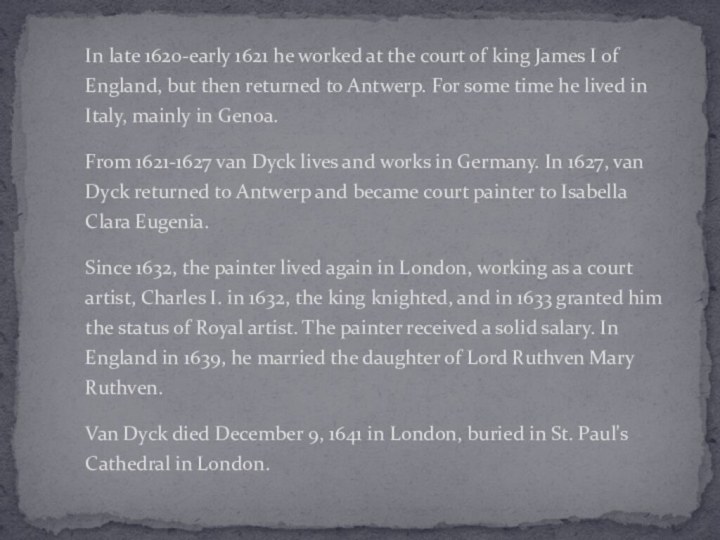
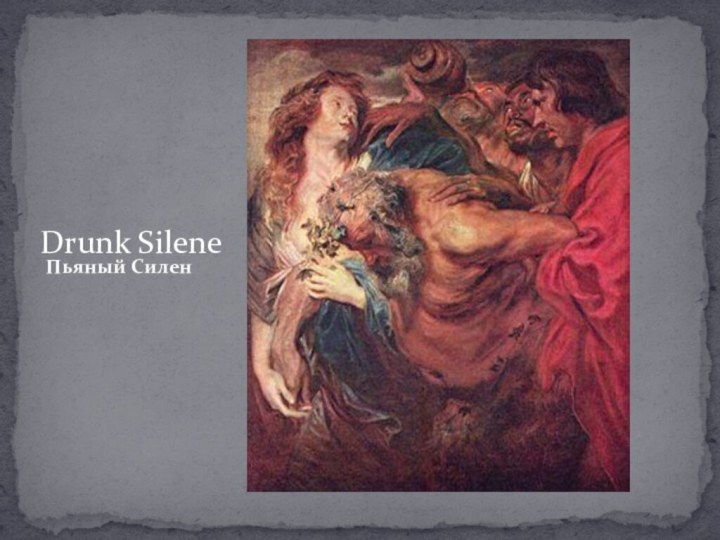
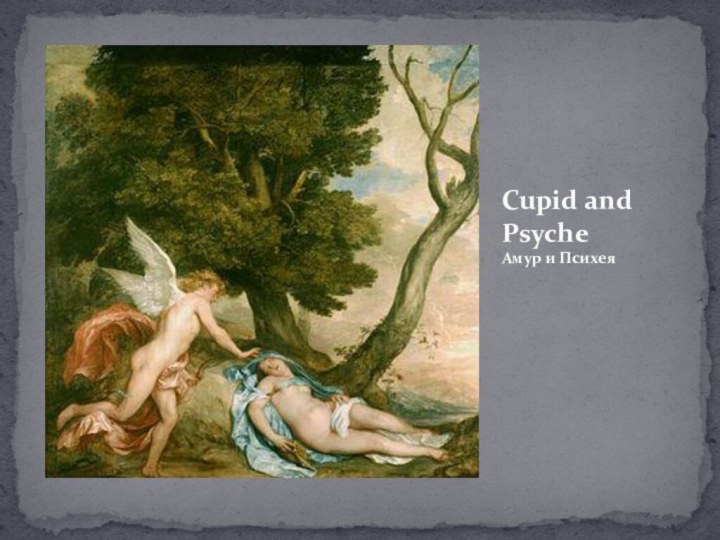
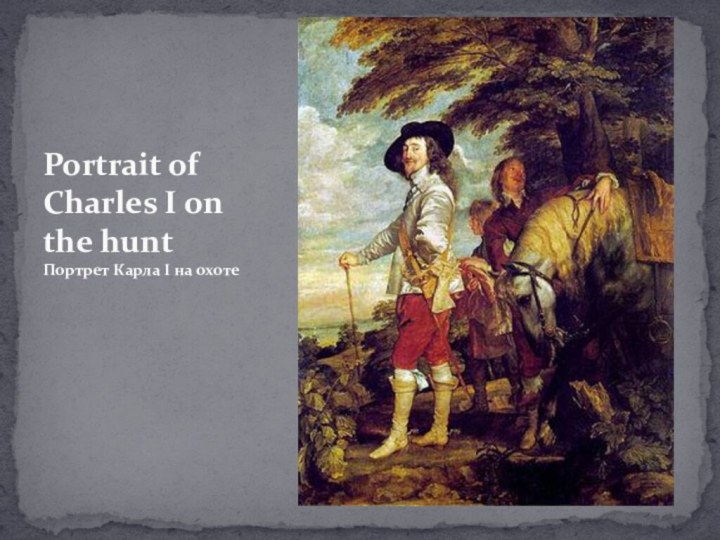
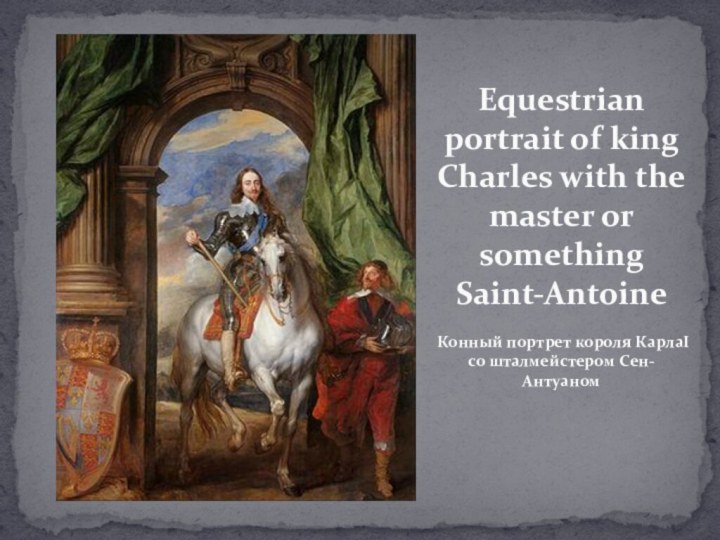
Слайд 2
1599 —1641
Painter and graphic artist, master of court portrait
and religious subjects in Baroque style.
Слайд 3 Antonis van Dyck was born on March 22,
1599 in Antwerp, in the family of a rich
fabric merchant Frans van Dyck. He was the seventh of twelve children. In 1609, at the age of 10, he was given to the Studio of the famous painter Hendrik van Balen, who painted paintings on mythological themes. The first masterpiece Antonis wrote when he was 14 years old — a portrait of a 70-year-old man.Слайд 4 Since 1615, van Dyck already had his own
Studio, where he together with a number of young
artists created a series of "heads of the apostles." His early works include a self-portrait (circa 1615, Vienna, Museum of art history), characterized by grace and elegance. In 1618-1620 creates a cycle of 13 boards depicting Christ and the apostles: St. Simon (C. 1618, London, private collection), St. Matthew (C. 1618, London, private collection). The expressive faces of the apostles are painted in a free pictorial manner. Now a significant part of the boards of this cycle is scattered in museums around the world. In February 1618, van Dyck was admitted as a master to the Guild of painters of St. Luke and, already having his own Studio, collaborates with Rubens, works as an assistant in his Studio.Слайд 5 Van Dyck early proved himself a master of
portrait and painting on religious and mythological subjects. From
1618 to 1620 he worked in Rubens ' workshop. He creates works on religious themes, often in several versions :" crowning with a crown of thorns»Слайд 6 In late 1620-early 1621 he worked at the
court of king James I of England, but then
returned to Antwerp. For some time he lived in Italy, mainly in Genoa.From 1621-1627 van Dyck lives and works in Germany. In 1627, van Dyck returned to Antwerp and became court painter to Isabella Clara Eugenia.
Since 1632, the painter lived again in London, working as a court artist, Charles I. in 1632, the king knighted, and in 1633 granted him the status of Royal artist. The painter received a solid salary. In England in 1639, he married the daughter of Lord Ruthven Mary Ruthven.
Van Dyck died December 9, 1641 in London, buried in St. Paul's Cathedral in London.




